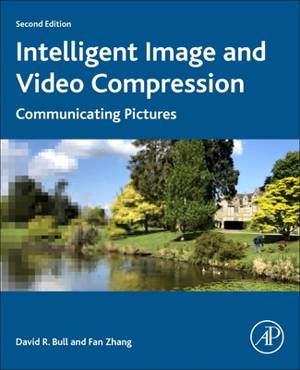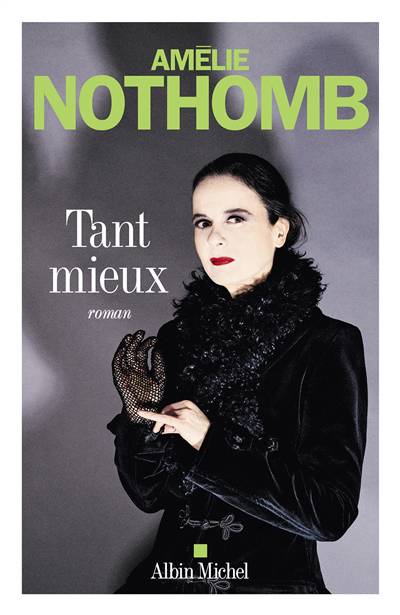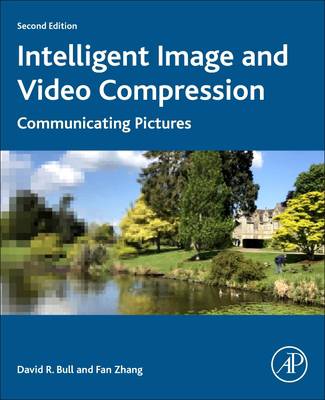
- Retrait gratuit dans votre magasin Club
- 7.000.000 titres dans notre catalogue
- Payer en toute sécurité
- Toujours un magasin près de chez vous
- Retrait gratuit dans votre magasin Club
- 7.000.0000 titres dans notre catalogue
- Payer en toute sécurité
- Toujours un magasin près de chez vous
Intelligent Image and Video Compression
Communicating Pictures
David Bull, Fan ZhangDescription
Intelligent Image and Video Compression: Communicating Pictures, Second Edition explains the requirements, analysis, design and application of a modern video coding system. It draws on the authors' extensive academic and professional experience in this field to deliver a text that is algorithmically rigorous yet accessible, relevant to modern standards and practical. It builds on a thorough grounding in mathematical foundations and visual perception to demonstrate how modern image and video compression methods can be designed to meet the rate-quality performance levels demanded by today's applications and users, in the context of prevailing network constraints.
"David Bull and Fan Zhang have written a timely and accessible book on the topic of image and video compression. Compression of visual signals is one of the great technological achievements of modern times, and has made possible the great successes of streaming and social media and digital cinema. Their book, Intelligent Image and Video Compression covers all the salient topics ranging over visual perception, information theory, bandpass transform theory, motion estimation and prediction, lossy and lossless compression, and of course the compression standards from MPEG (ranging from H.261 through the most modern H.266, or VVC) and the open standards VP9 and AV-1. The book is replete with clear explanations and figures, including color where appropriate, making it quite accessible and valuable to the advanced student as well as the expert practitioner. The book offers an excellent glossary and as a bonus, a set of tutorial problems. Highly recommended!" --Al Bovik
Spécifications
Parties prenantes
- Auteur(s) :
- Editeur:
Contenu
- Nombre de pages :
- 608
- Langue:
- Anglais
Caractéristiques
- EAN:
- 9780128203538
- Date de parution :
- 09-04-21
- Format:
- Livre broché
- Format numérique:
- Trade paperback (VS)
- Dimensions :
- 190 mm x 235 mm
- Poids :
- 1029 g

Les avis
Nous publions uniquement les avis qui respectent les conditions requises. Consultez nos conditions pour les avis.






